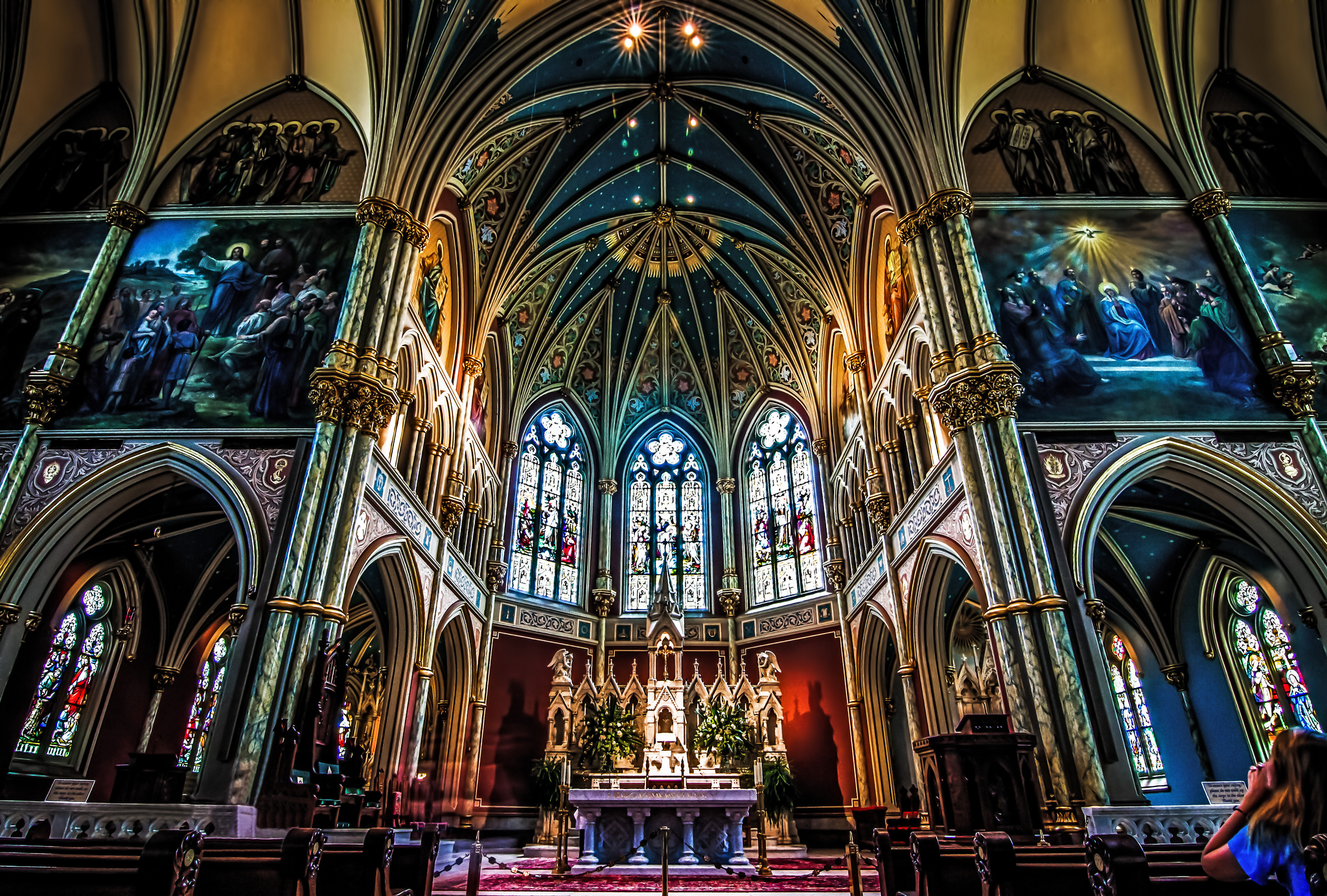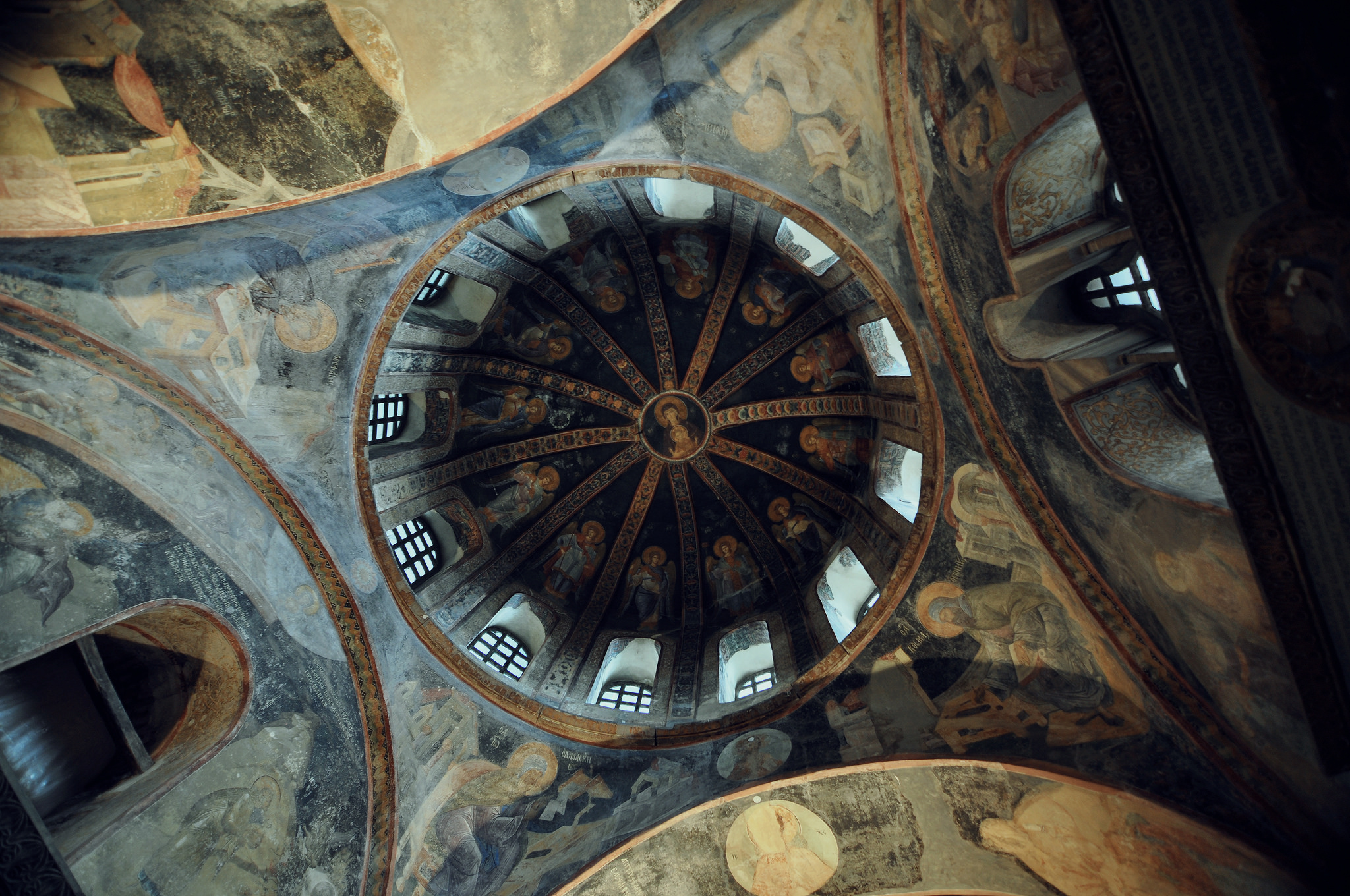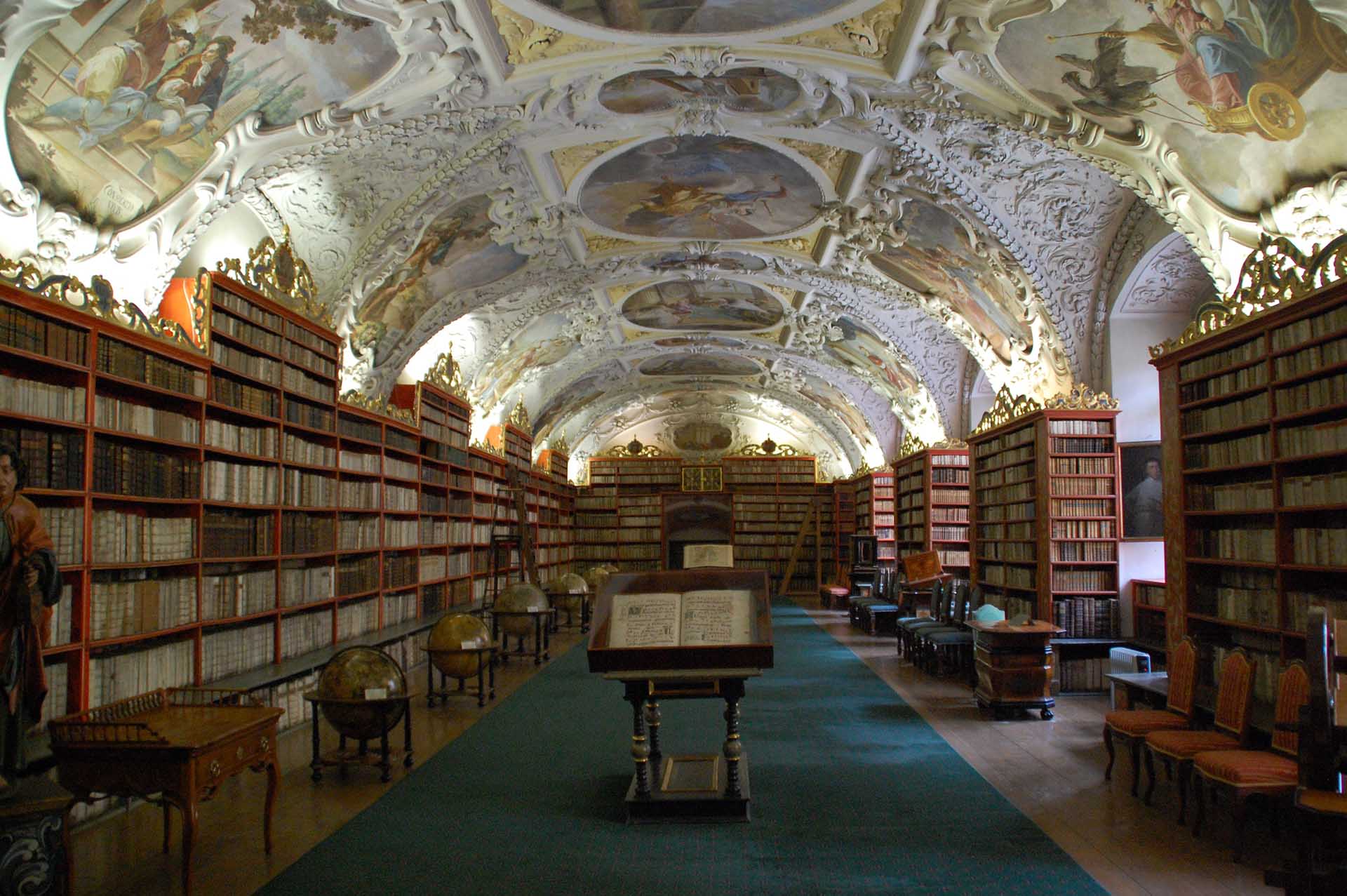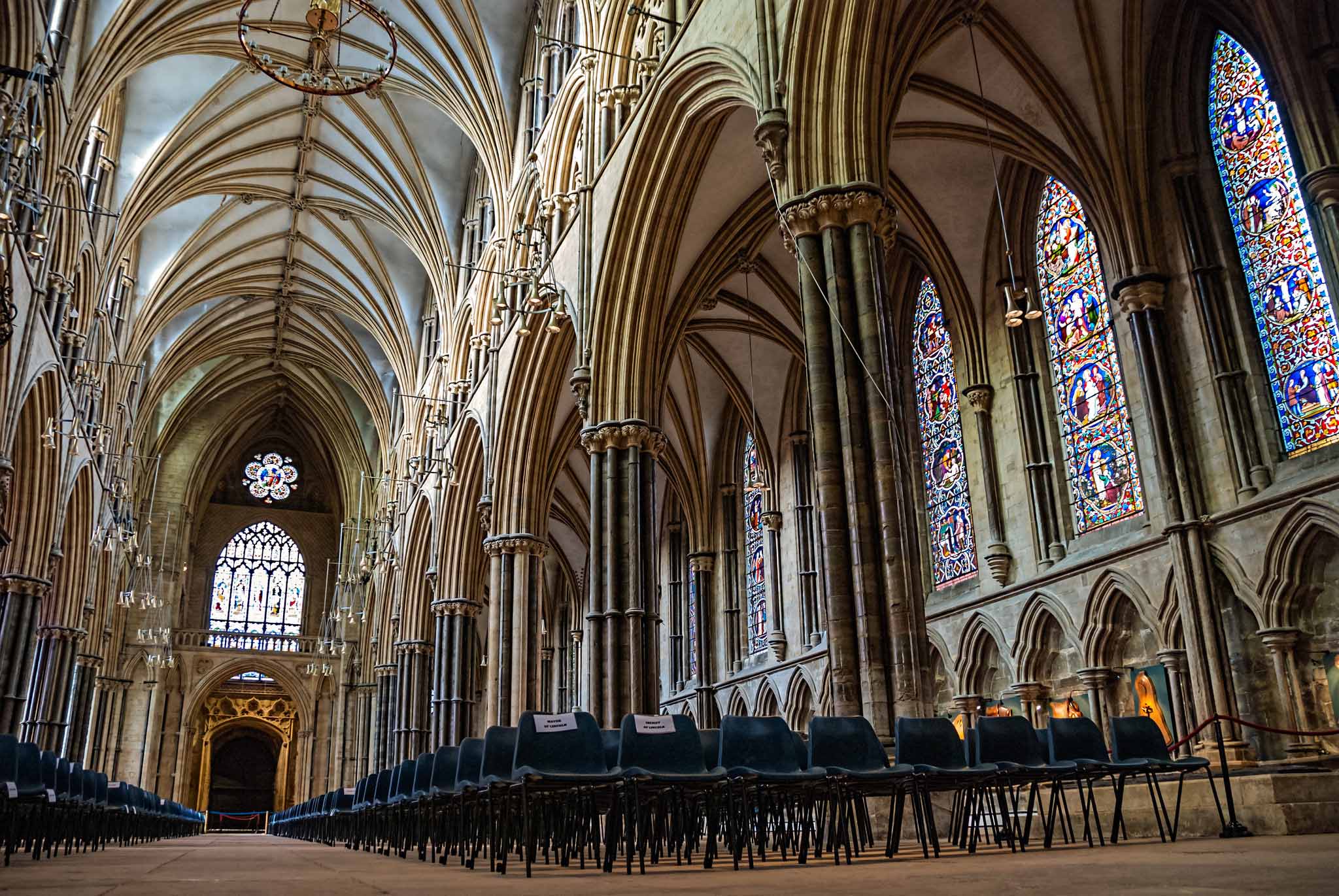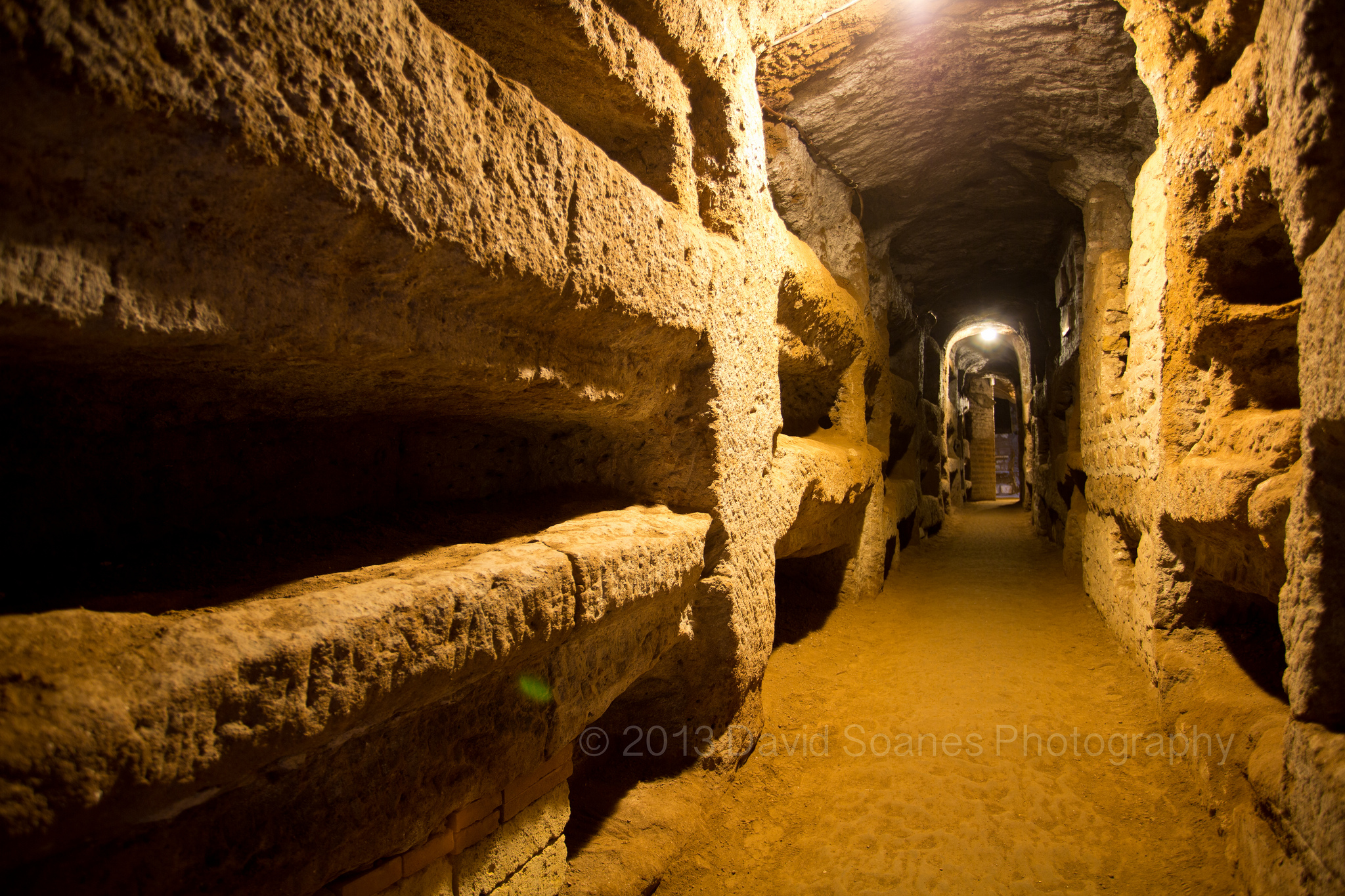The Priesthood: Valid and Licit Orders
© Copyright 2009, T. Stanfill Benns (None of what appears below — in whole or in part — may be used without the express and written permission of the author.)
I. Conditions Necessary for the Validity of Ordination/Consecration
A. Subjects for ordination must be (certainly) validly baptized males, properly dispensed by the ordinary from any impediments or irregularities, duly tonsured (admitted to the clerical state, Can. 118), and who possess the requisite intention to receive the Sacrament.
1. This excludes those who have automatically incurred infamy of law for heresy, apostasy or schism, since this impediment requires a dispensation, which can be granted only by the Roman Pontiff, (Can. 2294, 2295).
B. The matter and form proper to the (pre-1959 Latin) rites of the priesthood and episcopacy must be used in a serious manner and there must be proof of this.
1. Pope Pius XII defined the matter for both the priesthood and the episcopacy as the (first) imposition of hands and the form as follows:
2. The form for the priesthood reads: “We beseech Thee almighty Father invest Thee Thy servants with the dignity of the priesthood. Do Thou renew in their hearts the spirit of holiness, that they may hold the office, next to ours in importance, which they have received from Thee, O Lord, and by the example of their lives point out a norm of conduct.”
3. The form for Episcopal orders reads: “Accomplish in Thy priest the fullness of Thy ministry and endow him with the adornments of complete glorification, and sanctify him with the dew of heavenly adornment.”
C. The moral union of three rites is considered necessary to the validity of the priesthood according to the Sacred Congregation of Rites, (Rev. Clancy, J.C.L.: “The Rites and Ceremonies of Sacred Ordination”).
1. The first imposition of hands in silence;
2. The second imposition of hands with extension of the bishop’s right hand touching the ordinand’s head, with the prayer “Oremus, fratres carrissimi…”
3. And the delivery, by the bishop, of the chalice with wine and the paten with the host, together with the words: “Accipe potestatam offere sacrificium Deo…,” (the prayers conveying the power to offer the Holy Sacrifice).
4. This indicates that while the primary rite is the sole rite, for purposes of allaying fears concerning invalidity, other rites and ceremonies can be required for validity should this issue ever arise.
5. Pope Leo XIII cited the delivery of the instruments and power to sacrifice as the true form lacking in the Anglican ordinal in his bull “Apostolicae Curae.”
D. The minister of ordination must certainly be a validly and licitly consecrated bishop, and those receiving consecration must be validly and licitly ordained priests.
1. Episcopal validity is dependent on the following:
a.) (Certainly) valid baptism
b.) (Certainly) valid ordination to the priesthood
c.) Serious and decorous use of matter and form, with no additions or omissions
d.) An habitual intention
2. This means that all ordinations/consecrations performed after the death of Pope Pius XII must automatically come under suspicion, and may in fact be actually invalid, since there is no way to rightly verify these conditions in most cases. All acts requiring papal jurisdiction are suspended during an interregnum.
3. Generally however, leeway is given to those ordained or consecrated prior to the false Vatican 2 council.
4. But many unworthy candidates have presented themselves for ordination over the past 45 years, and this also affects the licitity of ordination.
E. The minister must at least intend to do what the Church does.
1. St. Robert Bellarmine taught that the mind of the minister must be conformed to the mind of the Church.
2. Rev. Leeming stated that in order for the minister to intend to do what the Church does, he must intend to join those ordained/consecrated to “the united body of the Church, which means both the body of the hierarchy and the Mystical Body of Christ.
F. The minister must possess this prevailing internal and external intention above when ordaining priests and consecrating bishops.
1. A conditional intention affecting future events invalidates the sacraments
G. The consecrating bishop cannot positively exclude the effects of the Sacrament during its administration.
H. The rite is presumed to be valid whenever the proper matter and form is used; this is the decision of Pope Leo XIII in his encyclical declaring Anglican Orders invalid.
1. However, a merely external, magical performance of the rite is not evidence the rite has been properly administered.
a.) Leeming states that a merely correctly spoken form is not an indication of true intent.
b.) Further he seems to indicate, agreeing with St. Bellarmine and others, that “Christ’s commission to men to continue His sending from the Father” is an indispensable element of the Sacraments, and especially of Order; and this would apply to jurisdiction which Traditionalists do not possess.
2. Even though some of the words and phrases in the Anglican Ordinal appeared capable of being understood in a Catholic sense, Pope Leo XIII wrote in “Apostolicae Curae” that “they must be judged otherwise than in a Catholic rite,” and “cannot bear the same sense they have in a Catholic rite.”
3. When existing external evidence suggests that the proper internal intention Is lacking, presumption must yield to truth.
I. Heretics and schismatics can validly ordain and consecrate, providing their errors do not involve some doctrine necessary to the substance of the Sacrament of Orders.
1. What constitutes this substance of the Sacrament?
a.) For ordination, a sacrificing priesthood obedient to the hierarchy, possessing the power to absolve from sin and sanctify the faithful
b.) For Episcopal orders, inclusion in the united body of bishops, governance of priests and faithful residing in a diocese, obedience to the Roman Pontiff
c.) When both minister and recipients of Orders incur automatic suspension reserved to the Holy See for conferring and receiving illicit orders; when the papal jurisdiction necessary to appoint bishops to a diocese and (for bishops) supply the necessary jurisdiction for the absolution of sins is lacking, how are priests to absolve from sin and sanctify the faithful? How are bishops to acquire a diocese and grant faculties for Confession?
2. Leeming states that illicit sacraments are not ipso facto invalid, but seems to intimate that if they are illicit, this could call validity into question.
3. One exception to this rule is admitted by Leeming, that being the case where an heretical minister is “so convinced that Christ does not will a particular effect of the Sacrament,” (in the case of Traditionalists, this effect would be union with the Roman Pontiff and Christ as one head of the Mystical Body) “that they absolutely exclude this from their intention.”
II. Defects in the ordinations/consecrations performed by Traditionalists
A. Many of those ordained over the past decade received doubtfully valid baptism if baptized in the Novus Ordo rite.
B. It is difficult to state with any certainty that the proper matter and form was used in any of these ordinations/consecrations since many of these ceremonies were either held privately or secretly. Even when a select audience was in attendance, it is unlikely that anyone knowledgeable enough concerning these rites was among those present.
C. There is a solidly probable opinion that both Marcel Lefebvre and Peter Martin Ngo-dinh-Thuc did not convey valid orders.
1. This is based on the opinions of certain authors writing in the 1940s and 1950s.
2. It also can be reasoned out from the nature of the publicly manifested heresies of Traditional clergy.
a.) Such heresies give indication of an habitual intention contrary to what the Church does or wills.
b.) This is the external manifestation of a (contrary) internal intention required by Pope Leo XIII in “Apostolicae Curae.”
3. Most importantly, it is reflected in the decisions made by the Holy Office concerning the exercise of those orders received by schismatics or lapsed Catholics from schismatics.
D. Did any of the present Traditional bishops or priests, prior to their ordination or consecration, externally manifest heresies that would invalidate the Sacrament of Holy Orders?
1.) Can. 1325 describes heresy as arising from any “silence, subterfuge or manner of acting” that could be construed as a denial of Divine and Catholic truth.
2.) Canonists give the example of a man who refuses to kneel or remove his hat during the Consecration of the Mass, indicating a denial of the Real Presence.
E. Whether in their publicly disseminated literature or their speech; by silence or by neglecting to posit necessary and timely actions, nearly all Traditionalist clergy are guilty of the following heresies:
1. Denying the necessity of a visible head of the Church for Her very existence
2. Denying the indefectibility of the Church by neglecting to search for valid and licit bishops when this was yet possible.
3. Entertaining various errors concerning the Supremacy of the Roman Pontiff and the universal jurisdiction enjoyed by St. Peter and his successors:
a.) That Christ is the invisible head of the Church in the absence of the Roman Pontiff and directs the Church without any need of a visible head
b.) That, consequentially, a sort of “invisible Church” can exist not governed or ruled by the Roman Pontiff (condemned by Pope Pius XII in “Mystici Corporis”)
c.) That jurisdiction was given by Christ to the Apostles and proceeds directly from them to the bishops, without the authority of the Roman Pontiff (denied by Pope Pius XII in “Mystici Corporis” and “Ad Apostolorum principis”)
d.) And most importantly, that both orders and jurisdiction must exist for apostolicity to exist.
4. The common contention of Traditionalists, contrary to Divine Law (Can. 196) that jurisdiction from a lawful bishop acting under the obedience of the Roman Pontiff is not required for the valid absolution of sins.
5. Several errors emanating from the Gallicanist heresy, including:
a.) The supremacy of the body of bishops over the pope
b.) The ability of these same bishops to arrogate to themselves the privileges of the Roman Pontiff in his absence
c.) The use of epikeia, both in justifying administration of the Sacraments in the absence of the Roman Pontiff today and as used by those during the Western Schism to justify deposition of an heretical pope by a General Council or the College of Cardinals
d.) According to this erroneous teaching, an heretical pope retains a sort of quasi-legitimacy and cannot be removed from office by any means, (see “Cum ex Apostolatus Officio”)
e.) A pope certainly Catholic on election and who was validly elected can publicly fall into heresy concerning a matter of faith or morals, (condemned by the Vatican Council)
f.) The belief that disciplinary decrees of the popes are not truly binding, (condemned by Pope Nicholas I and the Vatican Council)
6. Bishops and priests can validly be created outside the mind of the Church and the will of Christ
a.) Denied by Cardinal Manning, Leeming and others
7. That disobedience to Canon Law is an option since these laws represent only the laws of men, (in his papal election law “Vacantis Apostolica Sedis,” Pope Pius XII declares that the laws and teachings of the Church cannot be touched during an interregnum and all decisions on these can only be referred to the future Roman Pontiff).
a.) Numerous Canons and dogmatic decrees condemn the illicit actions of Traditionalists
III. But the Church teaches that heretical ministers can validly consecrate and ordain
A. Even in the early ages of the Church, there appeared to be differences of opinion on this matter according to Leeming.
B. Already before the crisis in the Church, theologians were beginning to change their minds on the validity of orders conferred by certain heretics and schismatics, (see Pourrat, Szal, others).
C. Such conferral of orders has never been done on a wholesale basis in the protracted ABSENCE of the Roman Pontiff
1. These orders were either conferred under antipopes and later repeated or annulled altogether in the early centuries
2. Or randomly performed while a true pope reigned, but outside the Church.
3. In the past the popes have supplied jurisdiction necessary to validate the Sacraments in these cases for the good of the faithful, but if there is no Pope to whom to appeal, the Sacraments of heretics and schismatics requiring jurisdiction for validity are null and void according to current laws governing interregnums.
a.) This is the true reason why most Traditionalists recognize JP2, Benedict 16 and their three predecessors as quasi-legitimate, for then they have a pretence of jurisdiction without the onerous duty to obey
b.) Recently, more and more Traditionalists have been moving in the direction of the N.O. in hopes of gaining admittance for the Tridentine Mass in an appeal for “parity of rites” and some recognition for themselves
c.) This demonstrates the total desensitization of the faithful to error and heresy, schism, even apostasy, and shows the true orientation of “Traditional” clergy
D. At some point in time, if a certain group has consistently presented itself as Catholic (such as the Old Catholics and Anglican Catholics have in the past) yet is Catholic in name only, it constitutes a non-Catholic sect and must be treated as such according to a decision rendered by the Holy Office in 1864, (see below).
1. The Catholic Church has never recognized the “sacraments” of non-Catholic sects as valid.
2. The orders of the Anglicans were eventually rejected as invalid for excluding the idea of a sacrificing priesthood.
3. As Szal and others note, the validity of Orders conferred by heretics and schismatics was more likely to be examined by the Church on a case-by-case basis than before, due to the increasing boldness of those estranged from the Holy See.
4. As Pope St. Pius X warned in “Pascendi Dominici gregis” against the Modernists, those who are closer to the Church in appearance and doctrine represent the greatest danger, since “the more intimate their knowledge of Her, the more certain the injury.”
E. Those heretics and schismatics who do not will to do what the Church does, do not intend to join those ordained or consecrated to the “united body” and/or exclude the effects of the Sacrament are assumed not to validly confer Orders.
1. Briton Maureen Day refers to this principle as determinatio ex adjunctis, or the evaluation of the historical/liturgical context concerning Sacramental forms. Others call this “vital context.”
a.) Day insists that, “all forms for the Seven Sacraments are governed by the principle of determinatio ex adjunctis, and every form logically derives its signification,” (including its validity) “from its Liturgical/Historical context.”
b.) It was the majority opinion of theologians in the 1870s that an Ordination form, in principle, is able to derive signification from its Liturgical/Historical context.
c.) There is great doubt all around that these clerics included the Liturgical/Historical context — that of a united Church with a sole head over the Mystical Body — and possessed a true intention concerning the indefectibility of the Church.
d.) Parallel passages of the code do not clarify the status of these clerics in the present situation
IV. Traditionalist “leaders” first disregarded, then actually used a mistranslation of the Bull “Cum ex Apostolatus Officio,” delaying the identification of those elected after Pope Pius XII as usurpers.
A. Traditional clerics also failed to draw out the bull’s conclusions or apply them to the current situation.
1. They failed to draw out the conclusions of its teachings, because those teachings apply to their own cases.
2. They could not risk the possibility that their followers might realize that the current occupant of the Holy See needs to be disowned and disregarded entirely.
3. The SSPX, at least, intended to reaffiliate with Rome in the end.
B. The “heretical pope” issue was qualified by Pope Paul IV and finally laid to rest at the Vatican Council, which Cardinal Manning says was aimed directly at the Gallicanists. Yet regrettably, it is still considered a viable opinion by most Traditionalists, re: the material/formal treatment of John Paul 2 and now Benedict 16 by Traditionalist clerics.
1. Pope St. Pius X observed in “Pascendi domenici gregis” that the Modernists proposed “to remove the ecclesiastical magisterium by sacrilegiously falsifying its origin, character, rights, and by freely repeating the calumnies of its adversaries.”
2. Those calumnies appear to be the very ones used so successfully in similar times by the Gallicanists, the Protestants and the Modernists.
V. Traditionalists consistently refused to consider the papal election law of Pope Pius XII as a norm to determine the behavior of Catholics living during an extended interregnum.
A. This document ranks with Quo Primum, Cum ex Apostolatus Officio, Execrabilis, and similar documents, all of which end with a curse if they are violated.
1. Rev. Nicholaus J. Neuberger, in his dissertation “Canon 6,” writes: “any abrogation of a law to which an oath is attached would be invalid. (Only) “The legitimate successor is competent to abrogate the laws of the predecessor,” as Pope Pius XII affirms in his papal election law. And apparently this would apply to his entire constitution.
B. In the first three paragraphs or preamble, Pope Pius XII invokes his “Supreme Authority” concerning the necessity of safeguarding the Deposit of Faith during an interregnum, and voids and nullifies attempted acts which do so violate it, as noted above, (V., A.1).
1. Cardinal Manning teaches that infallibility in the ordinary magisterium can exist even in a papal brief addressed to one person. Rev. J.C. Fenton notes that any document appearing in the Acta Apostolica Sedis, per “Humani generis,” makes that decision “normative,” i.e., a part of the ordinary magisterium.
C. He forbids any contravening of papal laws, which include disciplinary actions, and refers all decisions concerning these and any other disputes to the future pontiff.
D. He allows those cardinals not excommunicated for heresy, apostasy or schism to vote, but states that this privilege applies only to them and that in any other type of election, the privilege does not apply.
